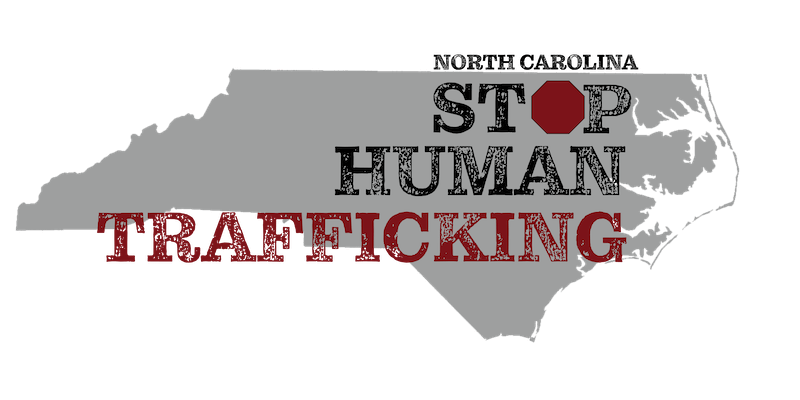Human trafficking and human smuggling are two different crimes that are often misconceived and inaccurately conflated.
The best way to support any cause is to understand it thoroughly. The US Immigration and Customs Enforcement defines human trafficking as a crime that “involves exploiting men, women, or children for the purposes of forced labor or commercial sexual exploitation.” This agency also characterizes human smuggling as “the provision of a service—typically, transportation or fraudulent documents—to an individual who voluntarily seeks to gain illegal entry into a foreign country.”
The main difference between human trafficking and human smuggling lies within the concept of coercion, the utilization of force and manipulation. While human trafficking victims are tricked and trapped into situations against their will, human smuggling entails an individual illegally entering into a foreign territory on their own accord. The smugglers bringing these migrants into a foreign country are often paid by migrants to do so.
Another primary difference between human trafficking and human smuggling is that human trafficking doesn’t require any movement at all. Polaris informs that human trafficking can take place in one’s own home, whereas human smuggling involves transport of some kind.
This distinction between human trafficking and human smuggling is paramount. The US Department of State explains that this awareness can “potentially improve victim protection and avoid the re-exploitation of victims.”
As different as they are, these crimes can intersect. Polaris states that human smuggling can quickly turn into human trafficking. If migrants work to obtain a temporary visa, the place of employment providing this visa can use it as means for exploitation. Migrants continue to work for such businesses so as to avoid being deported, and therefore they must remain in the country they were smuggled into. This usage of force and coercion is considered human trafficking.
The United Nations Office on Drugs and Crime articulates the bottom line: “Both [victims of human trafficking and migrants involved in smuggling] have the right to be treated with dignity and the right to personal safety.”
In order to achieve this, things need to change. At the heart of this issue, as stated by the United Nations Office on Drugs and Crime, are the systems in place that prevent vulnerable communities from thriving. We need to determine the causes of these holes in our society that lead to victim exploitation and abuse. Raising awareness of these causes can help jumpstart the social change that is so desperately needed.
To learn more about the reality of human trafficking, watch our Human Trafficking 101.
If you or someone you know needs help, contact the National Human Trafficking Hotline at 1-888-3737-888.
– Content creator, Lauren Hapgood, wrote this piece. To contact her, email info@ncstophumantrafficking.org
